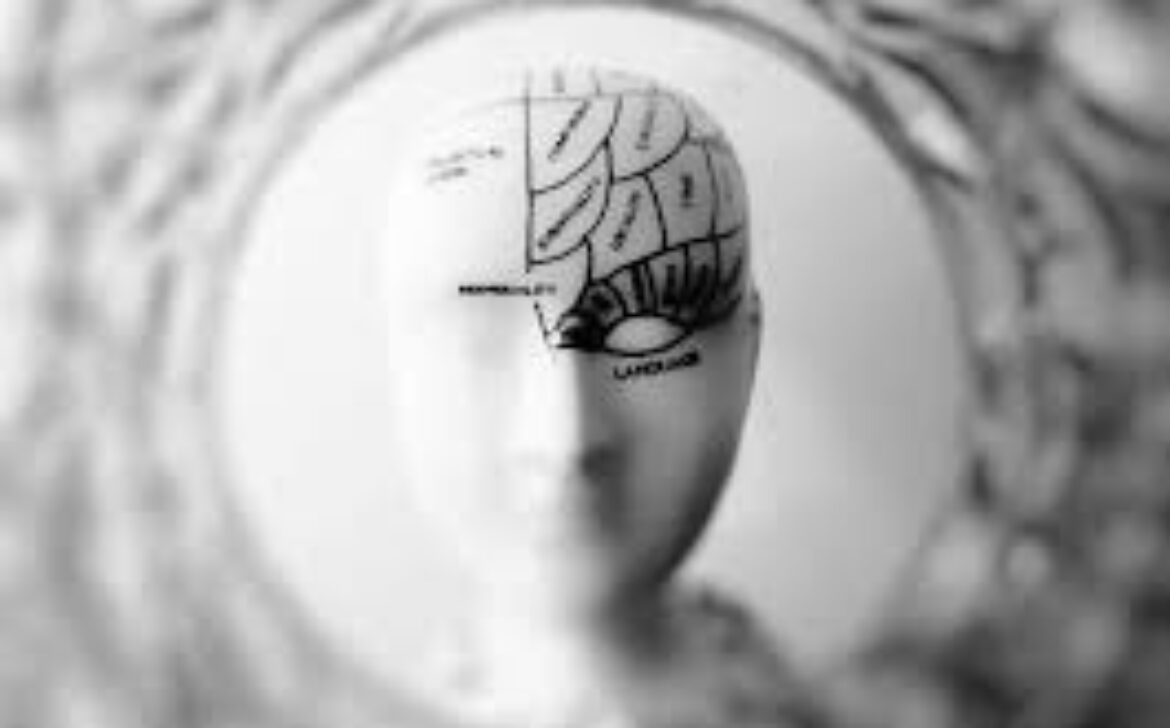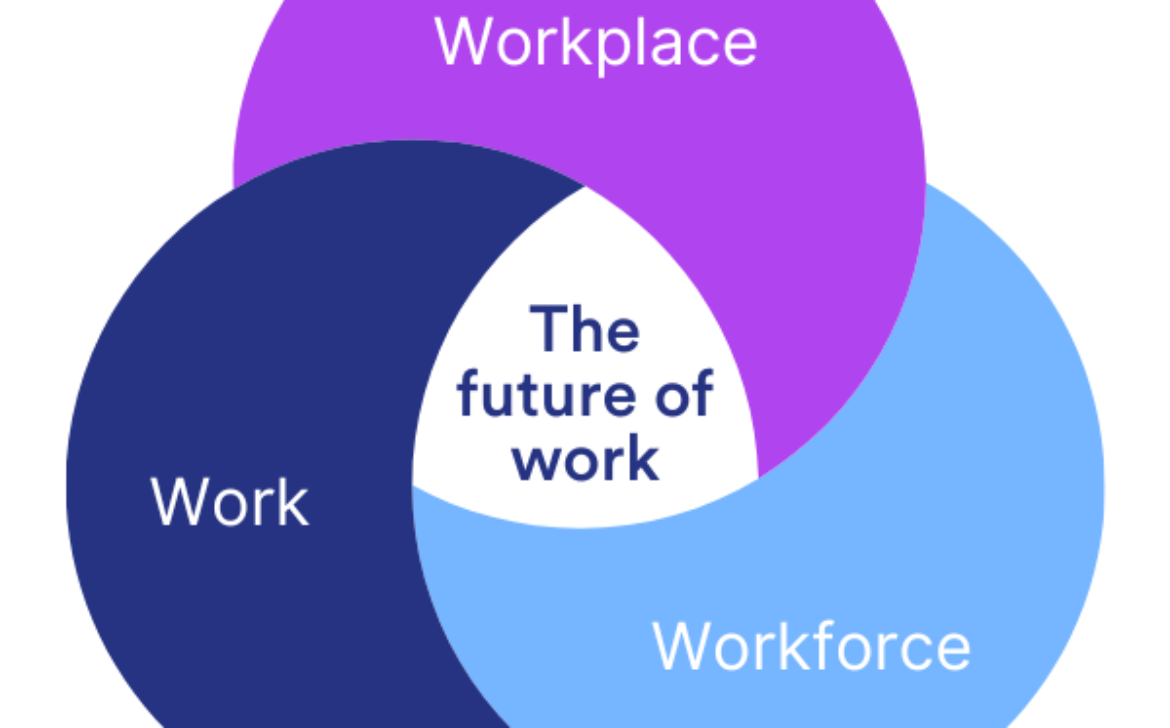Neuroeducation: Applying Brain Science to Optimize Learning Environments
Learning is at the core of human development, and the marriage of neuroscience with education has given birth to a powerful concept: neuroeducation. This approach integrates insights from brain science to reshape teaching practices, classroom design, and educational policies, all aimed at enhancing learning outcomes.
1. The Brain’s Learning Blueprint:
Understanding how the brain learns is key to effective education. Neuroeducation reveals that the brain thrives on engagement, relevance, and multisensory experiences. It’s a dynamic organ that craves active participation.
2. The Power of Neuroplasticity:
The brain’s malleability, known as neuroplasticity, is a game-changer. It means that learning is not fixed; the brain can rewire itself based on experiences. This underscores the importance of crafting rich, varied learning environments.
3. Emotions and Learning:
Emotions play a pivotal role in learning. Positive emotions, like curiosity and excitement, fuel the brain’s receptivity to new information. Teachers who create a safe, supportive atmosphere encourage optimal learning.
4. The Myth of One-Size-Fits-All:
Brains are unique, and so are learning styles. Neuroeducation shatters the myth of a uniform teaching approach. Tailoring instruction to diverse learning preferences acknowledges the brain’s individuality.
5. Active Learning Rewired:
Active learning aligns with the brain’s natural predisposition to engage. Classroom discussions, problem-solving tasks, and interactive activities stimulate the brain’s deeper understanding and retention.
6. Sleep and Learning:
Sleep is not just rest; it’s a vital part of the learning process. During sleep, the brain consolidates information and strengthens neural connections formed while awake. Prioritizing sufficient sleep is a cognitive enhancer.
7. Classroom Design Matters:
Neuroeducation extends to the physical classroom environment. Natural light, flexible seating, and spaces that encourage movement foster better learning. A brain-friendly environment optimizes focus and creativity.
8. The Role of Feedback:
Neuroscience underscores the significance of timely, constructive feedback. The brain craves information about its progress, enabling course correction and refinement of skills.
9. Mindfulness and Cognitive Wellness:
Mindfulness practices align with the brain’s need for focused attention. Techniques like meditation and deep breathing enhance cognitive wellness, reducing stress and fostering optimal learning conditions.
10. Implications for Educational Policies:
Neuroeducation’s impact transcends classrooms. Educational policies that acknowledge the brain’s intricacies can lead to balanced curricula, reduced stress, and personalized learning pathways.
11. Lifelong Learning and Neuroeducation:
Neuroeducation isn’t confined to traditional education. The brain’s capacity to learn endures throughout life. Embracing a mindset of lifelong learning nurtures brain health and adaptability.
In the realm of education, the marriage of neuroscience and learning is a promising endeavor. Neuroeducation underscores that the brain is not a passive vessel, but an active participant in its own learning journey. By applying brain science to teaching practices, classroom designs, and educational policies, we can unlock learning’s true potential, empowering students and learners of all ages to thrive in the ever-evolving landscape of knowledge.










